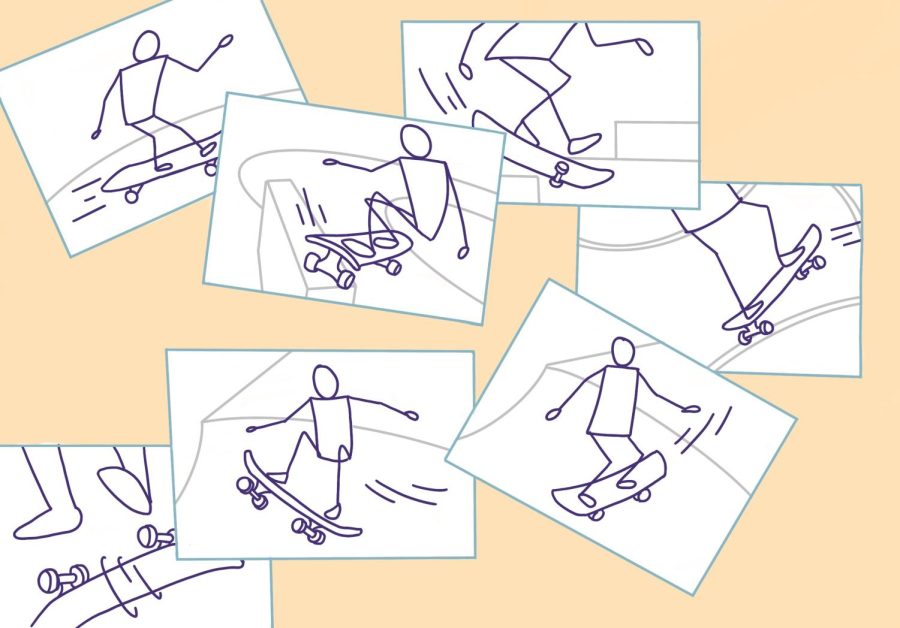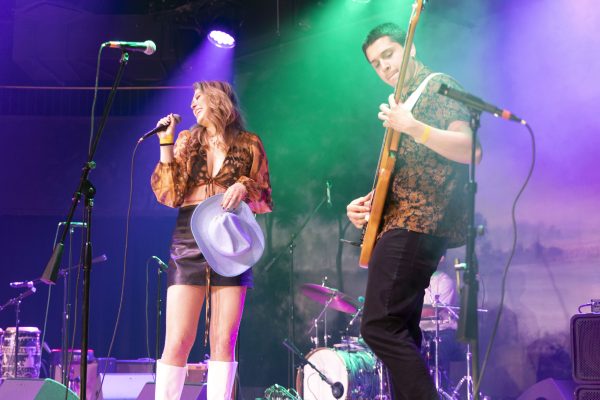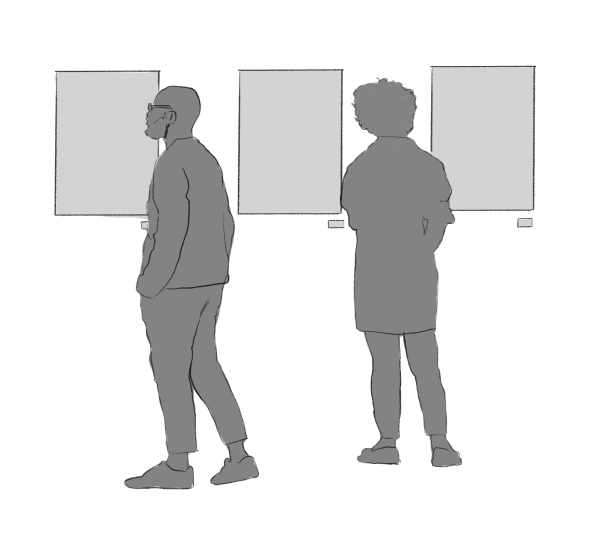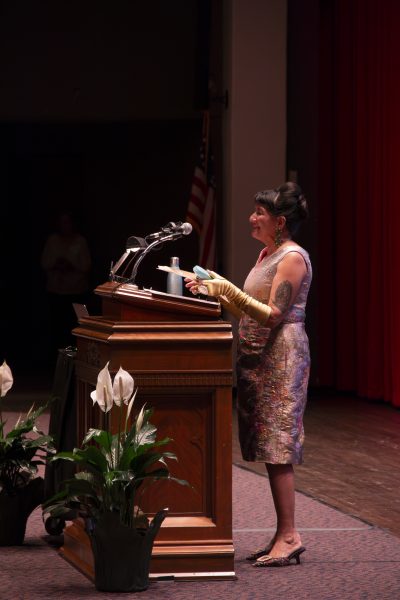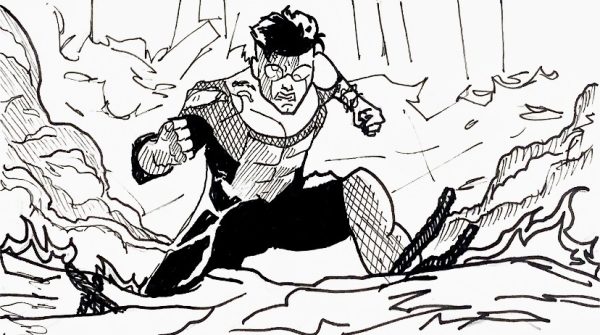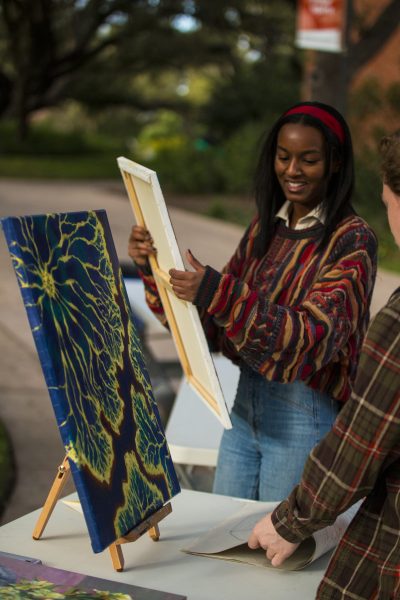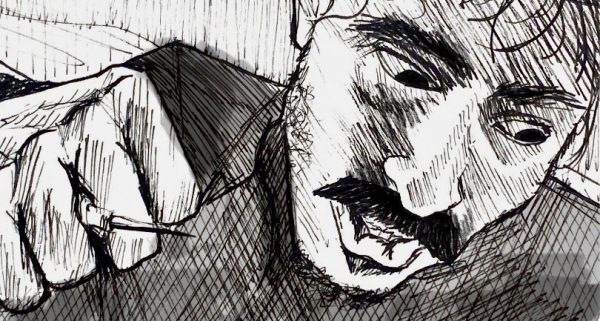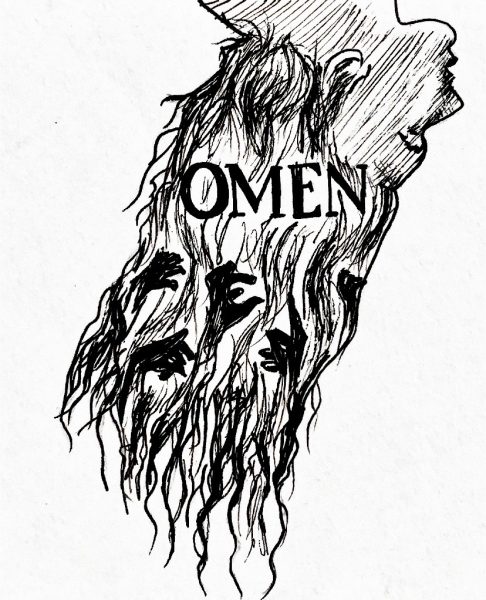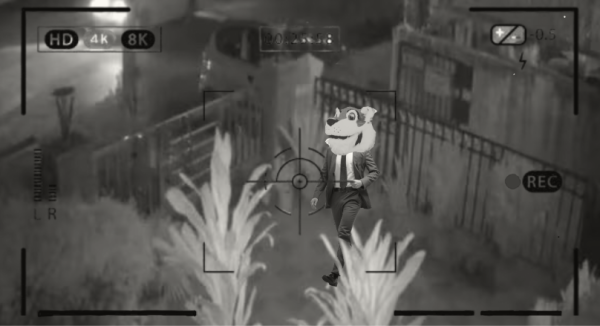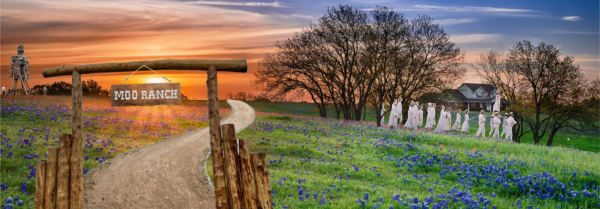Animation and nontraditional art forms
Animation club aims to bring support to a steadily growing artist demographic
There’s a new club in the works and it’s looking to provide resources that Trinity’s campus currently lacks. Digital artists are a growing demographic in today’s technology-driven society, but Trinity’s campus lacks the resources for these artists. While traditional artists have access to the Dicke-Smith building’s wide array of materials — paints, brushes, paper, wood and anything else a budding artist’s heart may desire — digital artists are limited to Trinity’s computers and the technology in CSI.
The up-and-coming animation club wants to fix that. Kinsey Neas, sophomore computer science major and a co-founder of the club, explained her initial frustrations with Trinity’s lack of digital art resources.
“When I first came to Trinity, I went to the art department and was like, ‘Hey, what digital art resources do you have?’ Because digital art resources can sometimes be expensive. And I was like, before I go and try to buy stuff myself, I’m gonna see if they have anything. And they just don’t have any resources at all. They have nothing like digital art, animation… It’s all just traditional art,” Neas said.
Trinity’s curriculum also lacks classes for nontraditional artists, such as animation. Jack Pittman, junior computer science major and animation club co-founder, said that the club was not only looking to provide physical and digital resources, but also a space to teach nontraditional art skills and network with other nontraditional artists.
“So that way people either can do it for fun, do it on the side, put in however much they want to, or potentially pursue it as a career, like what I’m trying to do. That way people have options and all this variety and can use resources that Trinity has for animation,” Pittman said.
The demographic of digital artists has seen exponential growth in the past decade. New technology has allowed media such as animation, 3D modeling and virtual reality to grow and change at unprecedented rates. Accordingly, the number of artists who work with these media has also increased rapidly. These artists don’t work with the canvases, paints and tools that many associate with traditional art forms. Instead, they work with graphics tablets, desktops and even 3D printers to take their creations from ideas to reality.
These artists are also growing in number. It’s easier than ever to gain an interest in the digital art that constantly surrounds us, but learning to create it can be challenging. Along with physical and digital resources, the animation club wants to offer workshops and classes that help new and established artists hone their skills. Pittman explained their current plans for art education are as follows:
“We’re looking to have students come in and be able to show them skills that I’ve developed on my own because a lot of people are coming in with little to no 3D experience. Even a little bit of pointing them in the right direction is super helpful,” Pittman said. “I know certain professors know people who are in the industry I got to talk with. They had someone who worked at DreamWorks at one of the computer science colloquiums, and he’s now a technical director for a VR-like studio. And so I got an interview with him after he talked at the colloquium.”
Digital art is a field that consistently welcomes flexibility and new talent, and Trinity students with any interest in art are encouraged to check the club out.
William Abbott, junior business administration and communication double-major, has an interest in the club but no traditional art background.
“I used to be an all-state singer. But that’s completely different,” Abbott said. “I don’t really have a huge physical art background. I’m in Graphic Design Principles right now. So that’s kind of dipping my toe into it.”
Abbott’s interest is in stop-motion animation, a time-consuming medium that yields beautiful results. He’s hoping that the animation club will continue to focus on these less traditional forms of art in the future.
“It’s such a cool field,” Abbott said. “It’s very time-consuming, and it’s really difficult. But I think some of the most beautiful video you can do is animation.”
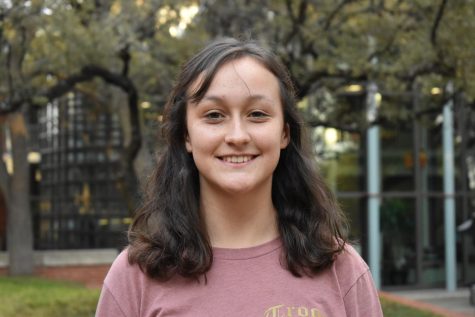
I’m Madison, and I report for the Arts and Entertainment section. I’m from Wichita Falls, Texas, and I’m a sophomore majoring in Communications with...
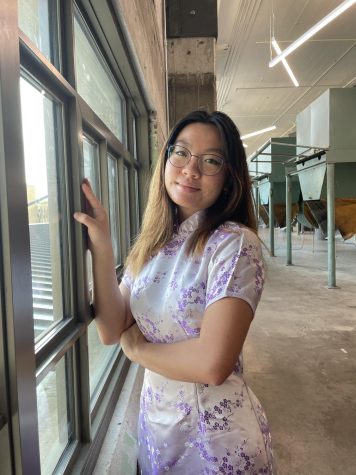
Hi guys! My name is Lily Zeng, and I am a sophomore from Memphis, TN majoring in Urban Studies with an interest in a Spanish major or minor. My favorite...

